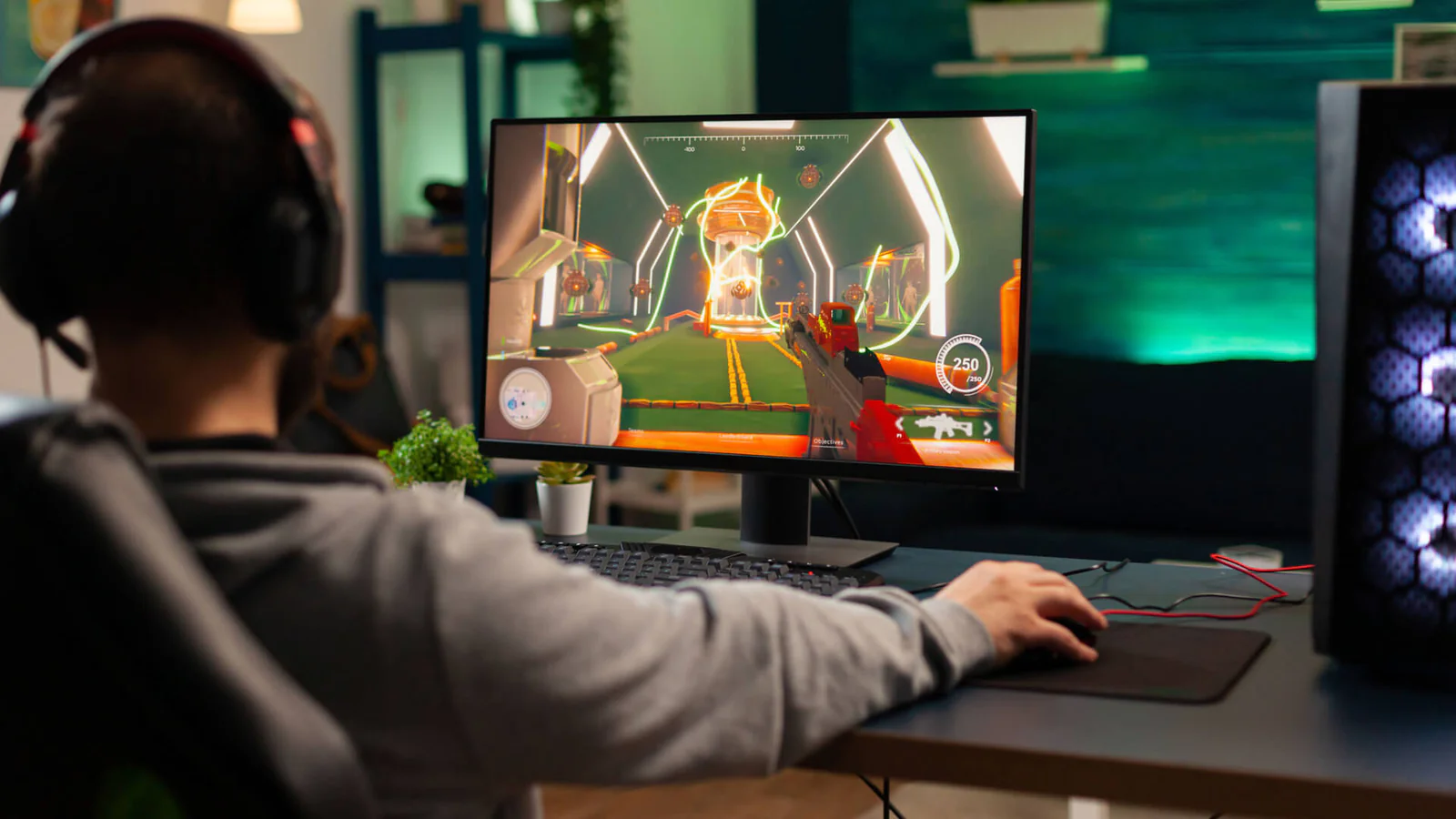
Revolutionizing Gaming: Analyzing FPS Metrics for the Ultimate Gaming Experience
- Post
- August 8, 2023
- Performance Metrics, Web Performance, Web Technologies
- 0 Comments
Welcome to a journey through the realm of gaming optimization that transcends traditional paradigms. In this comprehensive discourse, we delve into the very fabric of gaming, dissecting the nuances of Performance Metrics, and how they intertwine to create the ultimate gaming experience. Let’s explore how Performance Metrics wield the power to reshape the landscape of gaming, weaving a tapestry of precision and immersion like never before.
Understanding Performance Metrics: Laying the Foundation
Gaming, a symphony of visual and interactive art, is governed by the intricacies of Performance Metrics. These metrics serve as benchmarks to gauge the efficiency and smoothness of gameplay. It’s more than just frames per second (FPS) – it’s about the holistic orchestration of factors like latency, frame time, and rendering quality. These elements fuse together to form an immersive gameplay experience that feels fluid, responsive, and visually captivating.
The Key FPS Metrics: Unveiling the Core
Frames Per Second (FPS): The bedrock of gaming metrics, FPS quantifies how many frames your graphics card can render per second. Achieving a higher FPS count translates to smoother motion and reduced visual stuttering. Our findings reveal that the human eye perceives significant differences in fluidity between 30 FPS and 60 FPS, with diminishing returns beyond that.
Frame Time: Often overshadowed by FPS, frame time measures the time taken to render individual frames. A stable frame time ensures consistent motion, preventing jarring stutters that can disrupt immersion. Games with lower frame times feel more responsive, enhancing the overall gaming experience.
Latency: The unsung hero of gaming metrics, latency governs the delay between a player’s input and its effect on-screen. Low latency is crucial for competitive gaming, where split-second reactions can make or break a match. It’s not just about internet speed; device and server latency also play pivotal roles.
Optimizing Visuals for Maximum Impact
Gone are the days when gaming was solely about playability. Today’s gamers demand breathtaking visuals that whisk them away into alternate realms. Here’s where Performance Metrics truly shine, as they enable the optimization of visual fidelity without compromising on fluidity.
Resolution and Scaling: Striking a balance between resolution and performance is an art. High resolutions offer eye-catching details, while dynamic scaling adjusts resolution on-the-fly to maintain performance during demanding scenes.
Texture Quality: Textures breathe life into virtual worlds. By adjusting texture quality, developers can tailor visual experiences to different hardware configurations, ensuring stunning graphics across the board.
Anti-Aliasing: Jagged edges are a thing of the past, thanks to anti-aliasing. Techniques like MSAA, FXAA, and DLSS (Deep Learning Super Sampling) enhance image smoothness, contributing to a more visually pleasing environment.
Performance Metrics in Online Gaming: Taming the Multiplayer Arena
The realms of online gaming introduce an added layer of complexity. Not only must the game run smoothly on an individual level, but it must also sync seamlessly across multiple players and servers.
Tick Rate: The heartbeat of online games, tick rate determines how often the server updates the game world. A higher tick rate results in smoother interactions and reduces discrepancies between players’ experiences.
Ping and Server Latency: These metrics govern the delay between a player’s actions and the server’s response. Low ping and server latency foster an environment where in-game actions mirror real-time intent.
Performance Tuning: Balancing Act of Power and Efficiency
Optimization doesn’t stop at the game’s launch. Hardware evolves, and gamers seek the perfect equilibrium between performance and visual quality. This journey includes:
Graphics Settings: Games offer a multitude of graphical settings to fine-tune performance. Experimenting with these settings can lead to the ideal blend of visual splendor and smooth performance.
Driver Updates: Regular updates from graphics card manufacturers can enhance compatibility and performance. Staying up-to-date is pivotal for squeezing the most out of your hardware.
Future Horizons: What Lies Ahead
The evolution of Performance Metrics shows no sign of slowing down. With advancements like ray tracing, variable refresh rate monitors, and AI-driven optimization, the gaming experience is poised for groundbreaking transformations. Developers are honing their craft to harness these innovations, promising gaming experiences that blur the lines between reality and the virtual realm.
Final Words
In the ever-evolving landscape of gaming, Performance Metrics stand as the silent architects of seamless, immersive experiences. They wield the power to shape gaming’s trajectory, transcending traditional boundaries and opening doors to uncharted territories of visual grandeur and responsiveness. As technology marches forward, we find ourselves on the precipice of a new gaming era – one that’s defined not just by pixels, but by the harmony of Performance Metrics that craft gaming magic beyond imagination.
Commonly Asked Questions
Q1. What FPS count is considered optimal for gaming?
Achieving 60 FPS is generally considered a sweet spot for smooth gaming. However, higher FPS counts, such as 144 FPS or more, are favored by competitive gamers for their enhanced responsiveness.
Q2. How does latency affect online gaming?
Low latency ensures that actions performed in-game are reflected in real-time, minimizing delays and creating a more responsive gaming experience.
Q3. What is ray tracing, and how does it impact visuals?
Ray tracing is a rendering technique that simulates the behavior of light in a scene. It results in incredibly realistic lighting, reflections, and shadows, elevating visual fidelity to unprecedented levels.
Q4. Can Performance Metrics vary between different gaming platforms?
Yes, Performance Metrics can vary between platforms due to differences in hardware capabilities. Consoles, PCs, and mobile devices may exhibit distinct metrics based on their specifications.
Q5. How can I optimize my gaming experience on a budget?
Optimize by adjusting settings like resolution, texture quality, and anti-aliasing. Regularly update drivers, and consider hardware upgrades like SSDs and additional RAM for smoother gameplay.




